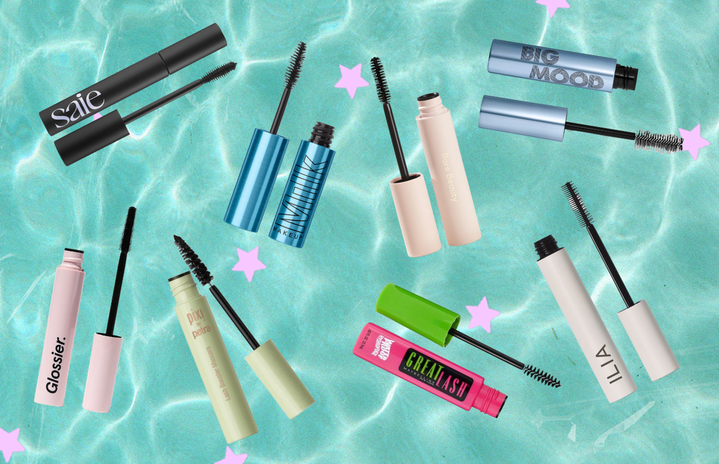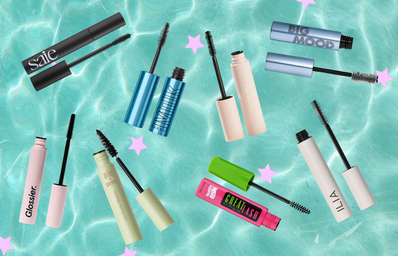In recent years, social media’s influence over the world has increased so much that it affects our daily lives. It was once a small corner of the internet meant for sharing your photos and the occasional thought. Social media is now a hub for anything and everything; from conflict to activism to information, both helpful and not. There’s no arguing that, with how much it dictates our lives, it has created new standards for society.
The main standard being altered is appearance — or beauty standards. Beauty standards are constantly changing as is, and have begun evolving at an alarming rate as a result of the internet. As it often does, this has the biggest effect on women. The new female beauty standard in America is a face caked with subtle makeup, smooth skin, big, pouty lips, hooded eyelids, small noses, drawn-on eyebrows, and light-yet-tanned skin. These are specific standards for specific features. When women adhere to these standards and try to look like this, they end up looking more or less the same as one another. When every woman is expected to look the same, it becomes harder to view them all as individuals, and it takes away their ability to express themselves freely. Being surrounded by ‘perfect’-looking women also creates insecurity in young girls. It tells them that they’re not allowed to have imperfections, that acne, rough skin, and visible pores are ugly, that any facial feature that differs from the expected standards is a flaw that needs to be painted over.
Alongside this come standards for women’s bodies, which are even more specific and demanding. In the early 2000s, skinny and flat were the big thing. Just a few years later, it morphed into “slim thick” bodies, shiny and hairless with big butts, skinny waists, and long, strong legs. A 2020 study from Bradley University found that the “perfect” woman would be 5’5”, 128 pounds, with a 26-inch waist, something that would require an extremely unhealthy lifestyle to achieve. With the prominence of diet culture in our society, there’s no doubt that many women are already going on starvation diets and buying products that promise them weight loss or body reshaping in order to reach these standards. Social media is chock-full of influencers promoting shapewear, “skinny” teas, waist trainers, and diet pills that often cause lasting physical problems and rarely work. Because young girls and women see these things around every corner on social media, they begin to believe it: that they can look just as flawless as their favorite influencers if they buy what’s being sold. The reality, however, is that most influencers don’t use the products they’re endorsing and only do so because they’re being paid. Whether their followers know this or not doesn’t matter, because as long as those products are readily available, people will buy them with the hopes that they work. What this tells women is that not only are their bodies flawed as long as they don’t look a certain way, but that they should funnel all their money into changing this until the day they do look perfect.
Social media has led to a significant increase in photo editing. Women often photoshop their faces and bodies to look “perfect.” A large majority of these edited photos are edited well enough that they look real. Many women who try to look like the ones in these photos wonder why they don’t have their dream bodies, unaware that the pictures they see on their social media feeds are warped and edited until they’re unrecognizable. It makes it hard to distinguish fiction from reality, to know what real women’s bodies look like in their most natural, unaltered state. Normalizing photo editing to this degree encourages women to cover up and edit their every physical insecurity instead of simply embracing them. It encourages self-hatred and self-disgust, feuling these beauty standards even further.
When editing oneself isn’t enough, plastic surgery is always an option. Plastic surgery has done plenty of good in the past: it’s been used to give burn victims skin transplants, reconstruct damaged body parts in cancer patients, and repair serious injuries. On the other hand, it’s an industry that preys on people’s insecurities and pushes them to undergo intensive procedures to modify their appearance. Plastic surgery procedures take a long time to recover from, with many former patients complaining of lasting pain, necrosis, infection, skin discoloration, difficulty breathing, and even loss of body parts that have been operated on. Despite coming with so many risks, it’s commonplace on social media, with influencers touting their latest surgeries like they’re the newest additions to a collection. Plastic surgeons themselves have even begun advertising their services on social media. Dr. Anthony Youn and Dr. Daniel Aronov are two well-known surgeons who have gained traction on tiktok, but much of their content appears hypocritical. Dr. Youn has many videos of himself speaking out against beauty standards and women getting surgeries to appeal to men, while at the same time promoting and providing those very surgeries. While they do share plenty of information about procedures, what plastic surgeon influencers serve to do above all is make plastic surgery seem friendly and fun. They hope to downplay the insidiousness of it so that they get more clients and make money. Plastic surgery is merely another way to enforce harmful standards on women, but it differs in that it’s much harder to escape. When one wears makeup or edits all their photos, they can stop any time. With plastic surgery, they have to invest thousands of dollars into the procedure itself and then thousands more if they want it reversed.
Social media likes to move quickly. Memes fizzle out as quickly as they’re born. Trends are constantly being cycled through. It’s hard to keep track of what’s in one day when you know it’ll be out the next. For women, this is especially harrowing. The beauty industry thrives by imposing trends and expectations on society that women are then judged for not following. At the same time these women are being judged if they follow them too closely or too blatantly. It makes it hard to be your true self, to live authentically without altering your appearance to fit others’ definitions of beauty. The unrealistic, funhouse-proportioned standards of women’s bodies that exist today are more harmful than standards of the past. They’re so hard to achieve without either enduring physical pain, starvation or undergoing risky surgical procedures. Despite this, women around the world are expected to conform to these standards, and when they don’t, they’re not only viewed as ugly by society, but told that they should view themselves as inherently flawed just for living comfortably in their own, unmodified bodies.


